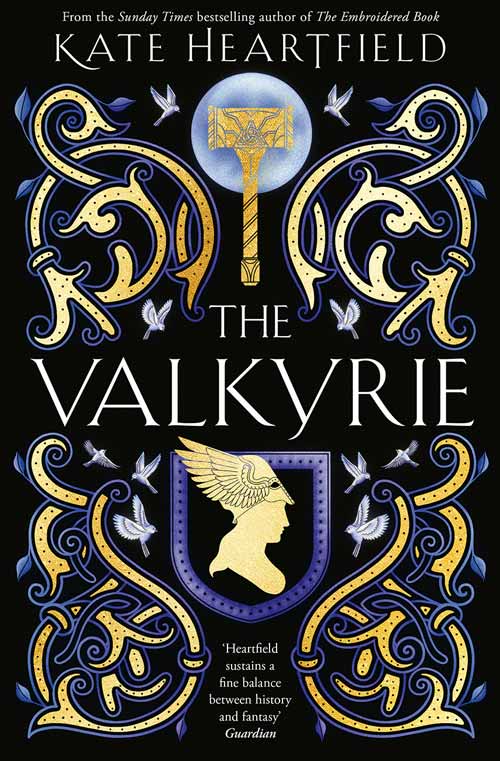All The Colours You Cannot Name
London at summer’s end in 1666, its shellshocked population just beginning to emerge from the worst ravages of the bubonic plague. James White is a printer in the city, struggling with slack business and the still evident horrors of the pestilence. The contingent nature of life at that time with the plague and all the other uncertainties of the 17th century makes White feel constantly vulnerable and exposed, especially as he has a highly uxorious attachment to his wife Ellie.
They are still suffering from the sudden death of their baby son Jeremiah. Then the plague arrives in their home, followed eventually by another infamous catastrophe.
The author deploys a very much a 17th-century mentality as James White reflects upon life, plague and the daily constant threats and worries he faces. This is not an easy posture to take by Joad Wren, but he incorporates these (to us) alien notions of daily life seamlessly into the narrative, so that the story moves along with good dramatic tension and progress without becoming bogged down, though there are prolonged plague-driven feverish theological speculations by James.
Wren navigates his London with an almost mystical veneration similar to that found in the fiction of Peter Ackroyd or Iain Sinclair. There is a poetic narration and observation, decidedly literary, but still accessible and engaging. There are some revealing descriptions about the laborious methods of printing in those days – which was an unwieldy, physically demanding and slow process. This is an excellent novel, and just a word about the cover of the book, which comprises a painted scene of London: it is very attractive and appropriate.










